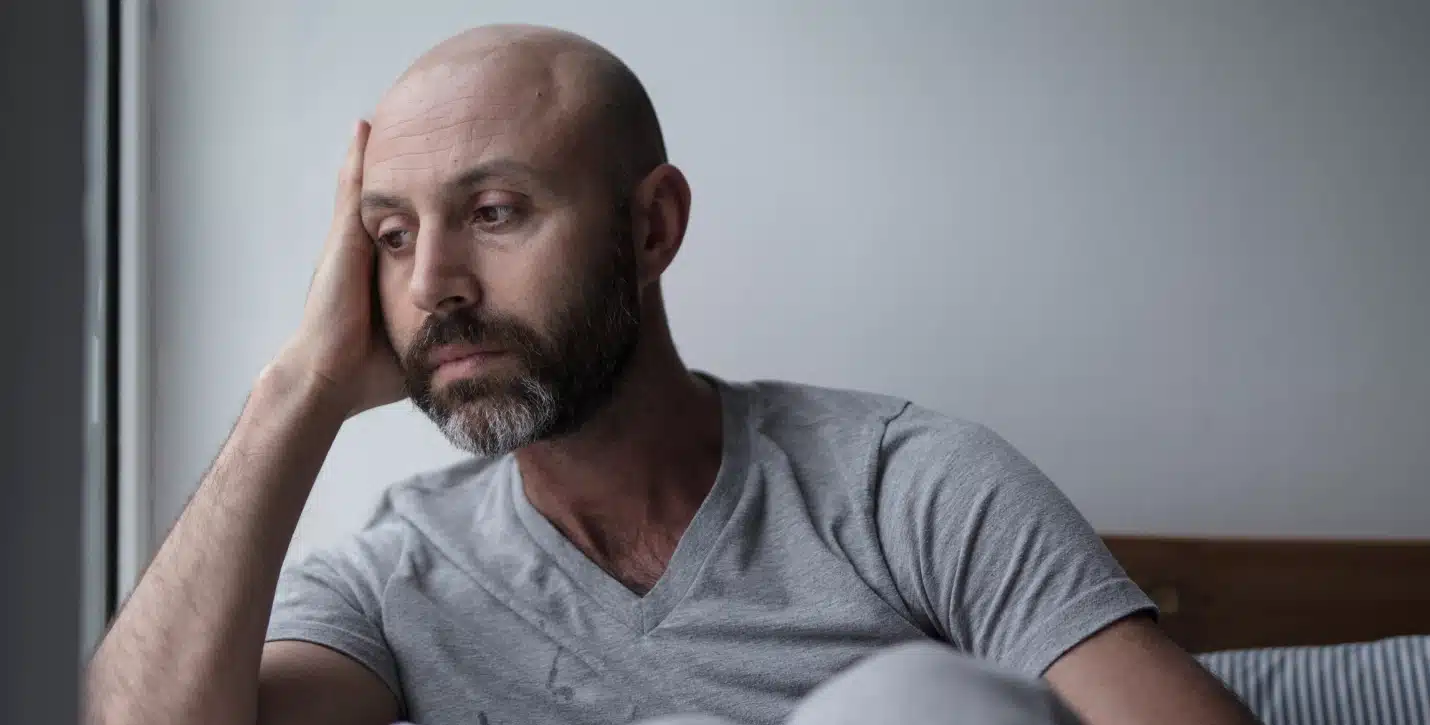
When you are the victim of another party’s negligence, and suffer injuries as a result of that accident, you start to wonder what you can expect from a personal injury lawsuit. You may have seen terms like “pain and suffering” and “loss of enjoyment of life,” and wonder what that means.
In any personal injury case, there will be economic damages, which cover medical bills, lost wages, and other expenses that you can expect direct compensation for. But there are also non-economic damages, which are things that are not quantifiable, like pain and suffering. For example, if you expect to feel chronic pain for the rest of your life as a result of the accident, how can you put a dollar figure on that?
An experienced personal injury attorney will be able to explain to you what kinds of non-economic damages your specific case might entail. Read on to learn more about loss of enjoyment of life with specific examples to help you understand these damages.
Loss of enjoyment of life refers to when a person suffers a physical or mental injury, and that injury affects that person’s ability to participate in or find pleasure from activities they enjoyed before the accident.
Here are just a few examples:
In some states, like Indiana, loss of enjoyment of life damages fall under the “pain and suffering” damages umbrella. This means that your personal injury claim will list pain and suffering as a single category, but that category will include many things such as loss of enjoyment of life, emotional distress, physical pain, and mental anguish.
In other states, like Kentucky, loss of enjoyment of life damages are a separate category. So your personal injury case might include separate categories for pain and suffering, loss of enjoyment of life, and emotional distress.
All of the above categories fall under the umbrella of “non-economic damages,” meaning they aren’t tied to specific financial losses you’ve encountered. The law recognizes that, even though things like not being able to play with a child or go on a hike doesn’t cost you any money, they are still serious losses that deserve meaningful compensation.
However, because loss of enjoyment of life is so subjective, insurance companies will often try to argue that your injuries had minimal impact on your quality of life, in order to reduce the amount of damages they owe. This is why it’s important to have a lawyer on your side, ready to argue on your behalf.
RELATED: What Are the 3 Types of Damages in a Personal Injury Claim?
With severe injuries, medical records such as X-rays and CAT scans are easy ways to prove the existence of a physical injury. It would be difficult for anyone to minimize these injuries or argue that they don’t exist.
Loss of enjoyment of life is different. Most often, the best evidence of damage to an accident victim’s enjoyment of life is personal testimony. Their spouse or other family members may also testify about how the accident prevents the injured person from enjoying hobbies or activities that they once participated in.
For example, let’s say an accident victim named Tim suffered serious spinal cord injuries in a car accident. Before the accident, Tim loved sitting still for long periods of time in order to photograph wildlife. Some of his photos could be used to show evidence of this hobby. Following the accident, sitting still for long periods of time causes Tim significant back pain, and he can no longer enjoy that hobby. He may testify that when he can’t move frequently, his joints get stiff and painful and it can be difficult to walk when this happens.
In another case, Tina was burned in a workplace accident when safety protocols were ignored. Tina suffered burns on her face and hands. Now Tina struggles to go out in public, because of the changes to her appearance. She rarely goes out to enjoy any of the recreational activities that she used to attend, like going to the gym. In addition to Tina’s testimony, she may also have a statement from her therapist outlining Tina’s new reluctance to leave the house.
In an extreme example, Morgan’s brain injuries as a result of her accident cause her to get frequent headaches and struggle with memory. A severe injury like this may make it difficult for her to perform her job, and it may even be dangerous for her to stay in her home. Her personal injury lawyer advises her to start writing down her memory lapses, using a close friend to remind her to take notes. This can help show how significantly her life changed after her accident.
RELATED: Is It Worth It to Get a Personal Injury Attorney in Louisville?

For economic damages like lost wages, medical expenses, and property damage, it is comparably easy to attach a dollar figure to the costs involved.
Non-economic damages may seem like numbers pulled out of thin air, but often, they are based on quantifiable figures. Each personal injury case is different, and the numbers can vary widely based on a number of factors. An experienced personal injury lawyer can give you a better idea of what to expect for your particular serious injury.
There are a several ways an insurance company might calculate loss of enjoyment of life damages, but the two used most often are the multiplier method and the per diem method.
The multiplier method is based on the value of economic damages. That figure is multiplied by a number (usually between 1 and 5), and the result is the value of the non-economic damages, including pain and suffering and loss of enjoyment of life.
The number used as a multiplier is based on many factors, including:
Let’s say Tim’s physical injuries resulted in quantifiable economic damages totaling $60,000. If the multiplier is decided to be a 2, based on his quality of life following the accident, then the total for his loss of enjoyment of life would be $120,000.
For catastrophic injuries, like serious head trauma or excruciating pain, sometimes a multiplier higher than 5 may be used.
Not all injuries are permanent. When accident victims are expected to fully recover, or the non-economic damages are expected to be temporary, it often makes more sense to use the per diem method to calculate loss of enjoyment damages.
This method assigns a value of the injury per day, and then pays the victim for every day that they suffered from the injury. This is one of the reasons why a lawyer may advise you to wait until you’ve reached your maximum point of recovery before making your insurance claim, depending on the statute of limitations.
If your serious accident results in chronic pain or other permanent injuries, this method may not fit your situation.
If you’ve been the victim of someone else’s negligence, which has caused you loss of enjoyment of life, call Karl Truman Law Office. Whether you’re experiencing soft tissue injuries, spinal cord injuries, or any other physical impairment or mental health concerns, we can help.
Our law firm is familiar with loss of enjoyment of life damages in personal injury settlements, and we know how hard the insurance company will push back against a fair payment. We will fight aggressively on your behalf to make sure that, when an injury impacts your day to day life, you are fairly compensated.
For a free consultation to discuss the specifics of your case, call our office in Louisville, Kentucky, at (502) 222-2222 or in Jeffersonville, Indiana, at (812) 282-8500. You can also fill out our online contact form. Don’t wait another day to hold the responsible party accountable for their actions.
The content provided here is for informational purposes only and should not be construed as legal advice on any subject.